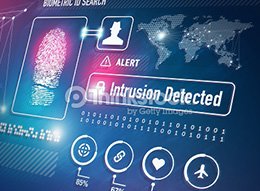When your employees seek your IT security staff’s help to fix their personal computer (PC) problems, it’s often perceived as a productive use of everyone’s time. After all, employees must have working computers and IT professionals are expected to resolve any technology issues. What doesn’t get acknowledged, however, is that instead of troubleshooting technical problems, […]
VersaTrust Blog
VersaTrust has been serving the Texas area since 1997 , providing IT Support such as technical helpdesk support, computer support and consulting to small and medium-sized businesses.
Both businesses and individuals across dozens of countries are scrambling to fix their computer systems after a ransomware, named WannaCry, caused major disruptions earlier this month. Like most ransomware, WannaCry encrypts files and demands a Bitcoin payment for their release. What’s worse, more WannaCry variants will likely be developed in the near future, according to […]
There have been some truly horrifying cyber-security headlines popping up over the last month. If you’ve been reading about “fileless” malware attacking banks and other big-name institutions around the world, we’re here to set the record straight: Your business isn’t in direct danger. But even if you’re not, staying abreast of all the details is […]
The Autofill feature fills a void in the web browsing habits of many. It eliminates the need to enter all your details when logging on your social media accounts or when checking out your basket after e-shopping. On Chrome and Safari browsers, however, danger lurks when you rely too much on autofill. Without knowing it, […]
As 2017 rolls in, the threat of more formidable cyber attacks looms large. Hackers and the cyber police will spend a lot of time outsmarting each other, while consumers of technology, individuals and businesses alike, anticipate the best security plan that can guarantee they sleep soundly at night. When it comes to defending against cyber-attacks, […]








